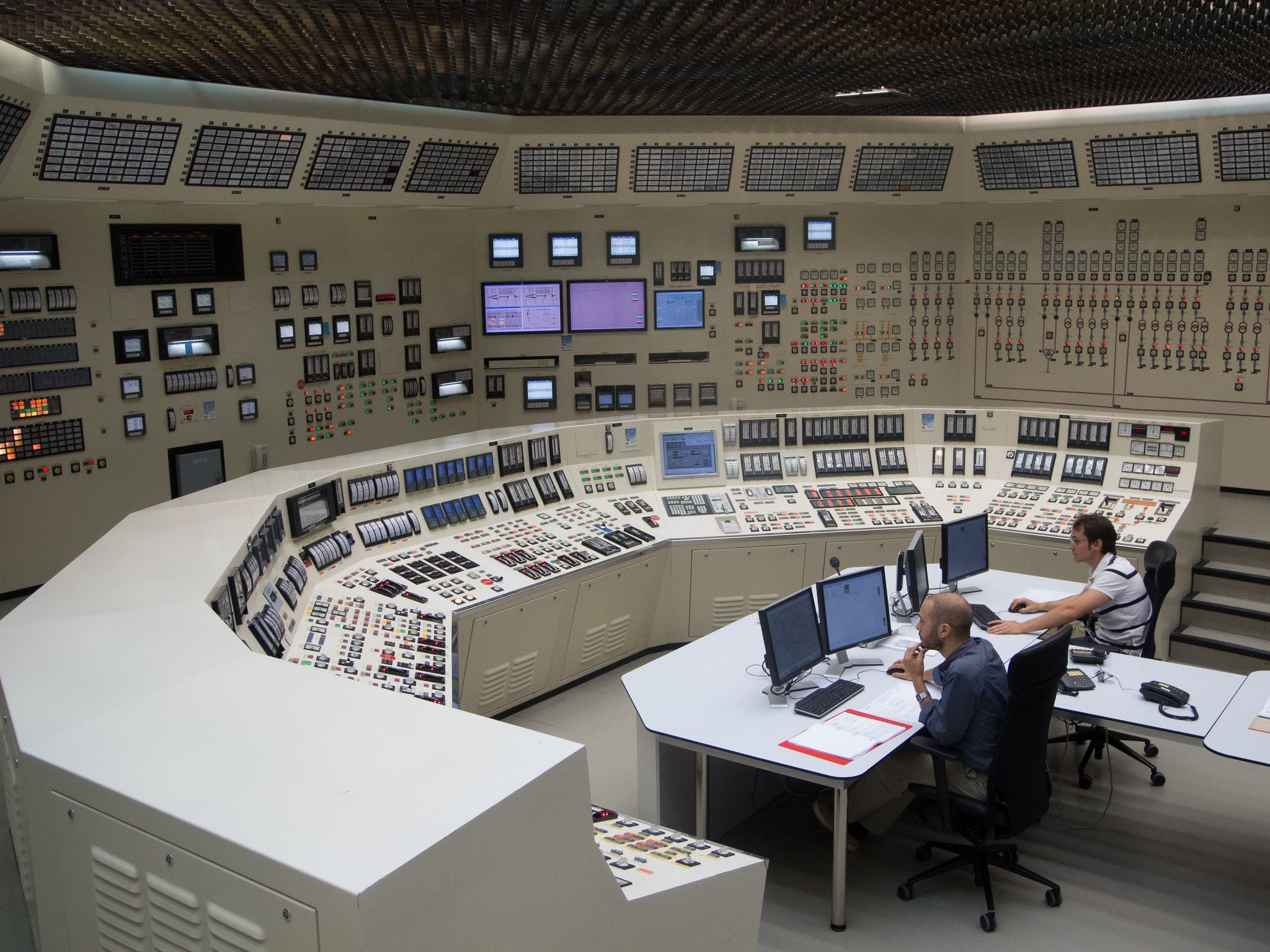Components of a Nuclear Reactor and Their Functions
Consider standing in the control room of a nuclear power plant.
- Giant monitors display the status of various systems, while engineers carefully adjust controls to maintain balance in a process that powers entire cities.
- At the heart of this system lies the nuclear reactor, a machine that harnesses the energy of nuclear fission.
- But how does this machine work, and what ensures its safety and efficiency?
Control Rods: Regulating the Chain Reaction
- In a nuclear reactor, fission reactions release neutrons, which can collide with uranium-235 nuclei, triggering further fission events.
- This chain reaction is self-sustaining, but if left unchecked, it can lead to overheating or even a meltdown.
- Control rods are the components that prevent this from happening.
- Made of materials like boron or cadmium, which are highly effective at absorbing neutrons.
- By inserting these rods deeper into the reactor core, more neutrons are absorbed, slowing the chain reaction.
- Pulling the rods out allows more neutrons to sustain the reaction, increasing its rate.
How It Works:
- If the reaction is too fast: Insert the control rods deeper to absorb more neutrons and slow the reaction.
- If the reaction is too slow: Withdraw the control rods slightly to allow more neutrons to sustain the chain reaction.
Control rods act like the "brakes" of a nuclear reactor, allowing fine control over the reaction rate to ensure safety and efficiency.
Moderators: Slowing Down Neutrons for Effective Fission
- The neutrons released during fission are fast-moving, but uranium-235 nuclei are more likely to capture slow-moving neutrons.
- This is where the moderator plays a critical role.
- The moderator slows down fast neutrons, increasing the likelihood of further fission reactions.
Common Moderator Materials:
- Water: Used in pressurized water reactors (PWRs) and boiling water reactors (BWRs).
- Graphite: Found in certain reactor designs, such as RBMK reactors.
How It Works:
- The moderator slows neutrons through collisions.
- As neutrons collide with the nuclei of the moderator material, they lose energy and slow down.
- These slower neutrons are more likely to sustain the chain reaction.
- Don’t confuse the roles of moderators and control rods.
- Moderators slow down neutrons to sustain the reaction, while control rods absorb neutrons to regulate it.
Heat Exchangers: Converting Nuclear Energy into Usable Energy
- The energy released during fission appears as the kinetic energy of the fission products and neutrons.
- This energy is transferred to the reactor’s coolant, causing it to heat up.
- The heat exchanger extracts this heat and converts it into usable energy.
How It Works:
- Heat from the reactor core is transferred to a coolant (commonly water or gas, such as carbon dioxide).
- The coolant carries the heat to the heat exchanger.
- In the heat exchanger, the coolant transfers its heat to a secondary loop of water, turning it into steam.
- The steam drives turbines, which generate electricity.



